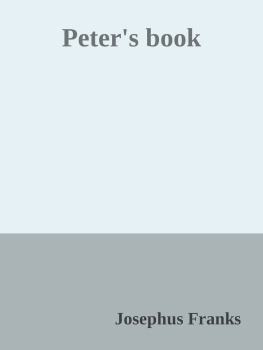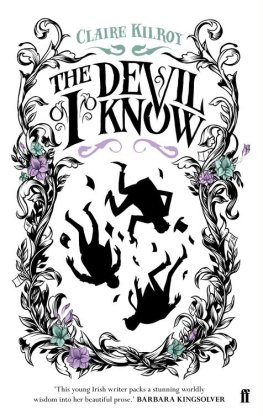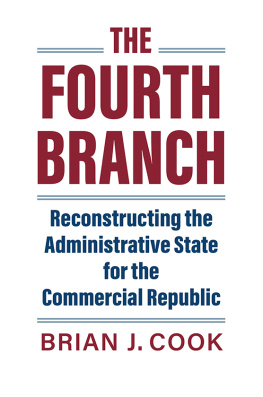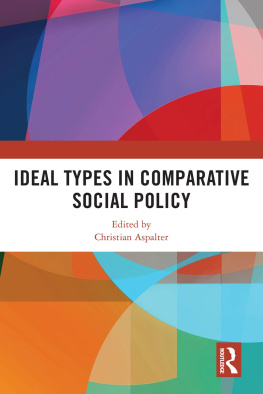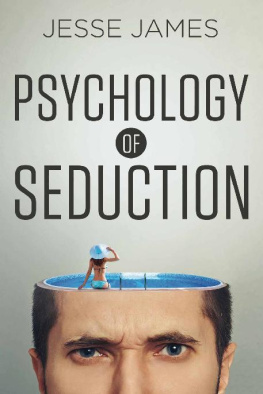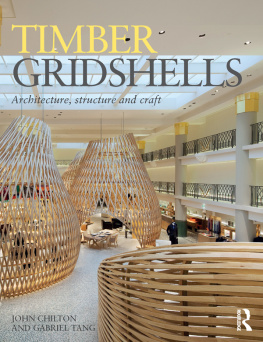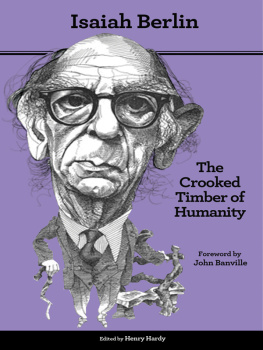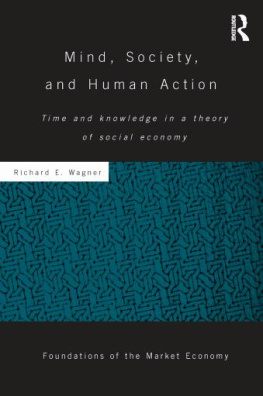Crooked Timber and the Broken Branch: The Invisible Hand in the Marketplace of Ideas
Peter Beattie
Beta Version, June 30, 2016
Introduction
Why Democracy Is Not Working
"What kind of truth is this which is true on one side of a mountain and false on the other?"
- Michel de Montaigne, Essays
The planes struck the towers while I was in the shower information about the attack could not enter my bathroom. A friend and roommate happened to be downtown taking photos at the time, so he received information about would later be called 9/11 in the rudest, most direct way imaginable: his naked eyes absorbed the light reflecting off of dozens of people trapped in the towers, who chose the brief terror and quick end of jumping to their deaths over the excruciating pain of burning alive. I, on the other hand, was blissfully ignorant for at least an hour. A s I walked from Alphabet City to Washington Square, two miles away from the World Trade Center, I missed the relevant information change blindness prevented me from noticing that the Twin Towers were no longer part of the skyline. Even as I witnessed a stream of businesspeople heading north on foot, the information still eluded me. (Those whose proximity to the collapse had covered them in soot were still further downtown.) It was the day of the mayoral primaries, so I interpreted the unusual migration as a trip to the polls. I thought: What a turnout, what a day for democracy!
Information about the attack only reached me once I had arrived in my classroom and I was informed by my fellow students; and then, half of it was false. (Planes had hit the White House! Another attack was on the way!) I tried to call my father, who was in the Financial District for a conference, but the cell phone network was overwhelmed. Instead, I walked to a friends apartment near Union Square, where, uncoordinated, several of my friends were converging. There, as most of them walked to a nearby hospital to try to donate blood (they were turned away there were too many would-be donors), I saw CNNs coverage of what had happened two miles away. For billions of other people, the news media would be their only source of information about the event.
I remember the week after 9/11 as a most unusual time. Strangers on the street would actually make eye contact, and daily interactions were gentler, kinder. Strangely, the stress of daily life seemed subdued, not augmented by the recent mass murder. It was as if the toxic smoke from the ruins had produced a soporific effect on the city. Soporific, and pacifying; all of the parks I visited during that week were filled with spontaneous memorials, chalk drawings and posters with one theme so common (to me) at the time that I only found it remarkable later. That theme was peace. I saw calls for resilience, for understanding, to avoid violent retribution, to remember the dead, and to honor them by putting an end to violence: peace.
Not so on television. Watching TV news that week was jarring; it was like entering an alternate universe where mourning and the desire for peace were replaced by rage and the desire for retribution. And fear, pervasive fear. The fear spread by the news media took root across the country, creating a sharp distinction between the way that New York City and the United States as a whole reacted to the attack. (Fear even made its way into my own apartment a month later, I bought three gas masks for myself and my two roommates, should a future poison gas attack force us to don them and escape across the Williamsburg Bridge.)
This was my first introduction to the power of the media, my first intimation that there might be a difference between mediated and unmediated reality and that mediated reality might be skewed in some significant way. How else to explain the peaceful reactions I saw at the very scene of the crime, while those far away and unaffected screamed for blood?
But there was another question on everyones mind at the time: why do they hate us? The easiest answer, one that could be found with only a remote control, was freedom. They hate us for our freedom. As a college student, I had the time and resources to engage in more effortful searches. (Ironically, I was taking a class on the history of Afghanistan that semester, where I learned that the Afghans cultural norm of hospitality would make it unthinkable to turn any guest, including bin Laden, over to an outsider.) The answers I found in books, magazines, community radio, and documentaries were far less pat than freedom-hatred. They were complex, challenging, and above all, discomforting. They were answers that attacked part of my own identity, the way that I saw myself as a member of a nation devoted to justice and democracy. They were answers true or false that never reached more than a small minority of my fellow citizens.
But why not? Why did this information reach me, and not everyone? More broadly, why does some information spread nearly everywhere (Mickey Mouse), and other information is rare (bin Ladens stated reasons for the 9/11 attacks)? Why do different people believe such vastly different things, and why should these beliefs vary along with geography? How could the 9/11 attackers believe the U.S. to be evil and themselves good, while those born in the U.S. believed the exact opposite? What kind of truth is this which is true on one side of a mountain and false on the other?
Imagine a boy living in a rural part of the United States a couple of decades ago. His parents are Catholic, and they are raising him in their faith. He goes to a Catholic elementary school, where he attends a religion class a couple of times every week. He believes in one God containing three Persons: Father, Son, and Holy Spirit. Although he probably only knows a few dozen by name, he believes in hundreds of saints, people who lived holy lives and then went to paradise to live forever as disembodied spirits. He prays to these saints, hoping that they can help him with various aspects of life: Saint Anthony whenever he has lost something, or Mary Queen of the Highways when he is riding in a car and wants to avoid accidents. He believes that Jesus gave Saint Peter the authority to head a church, and that God would see to it that Peter and all of his successor-popes would never make a mistake when teaching people about the only true religion in the world.
His system of belief seems perfectly self-contained: of course there must be a God how else to explain the existence of everything? It must have been created. If so, then what was the point of Gods creation? Unless we are merely spinning like slow tops in a gratuitous universe, as Mario Vargas Llosa put it, then there must be a divine plan. And unless this God is a prankster or simply absentminded, this plan must have been revealed. And so it was: first to the Jewish people, and then after God the Father sent his Son to redeem His sinful creation, to all people through the Gospel. Since the Gospel states that Jesus handed the reins over to Peter, then he could be sure that whatever the Catholic Church officially stated was Gods honest truth.
One day, this boy looks through his parents bookshelf, and happens upon a book of essays by a conservative Catholic priest. They are engaging, polemical, and artfully written so much more entertaining than the textbooks he is accustomed to. Through this book, he learns that Satan has been trying to destroy Gods one true Church, by trying to convince people that women should be allowed to become priests. This, he learns, is profoundly evil, because God made it clear in the Gospel and through His popes that the priesthood is supposed to be exclusively male. The people arguing for women priests are caught in a web of delusion, a broad web spun by the devil; a web including all sorts of liberal, leftwing ideas including communism and something called liberation theology. While these ideas
Next page
